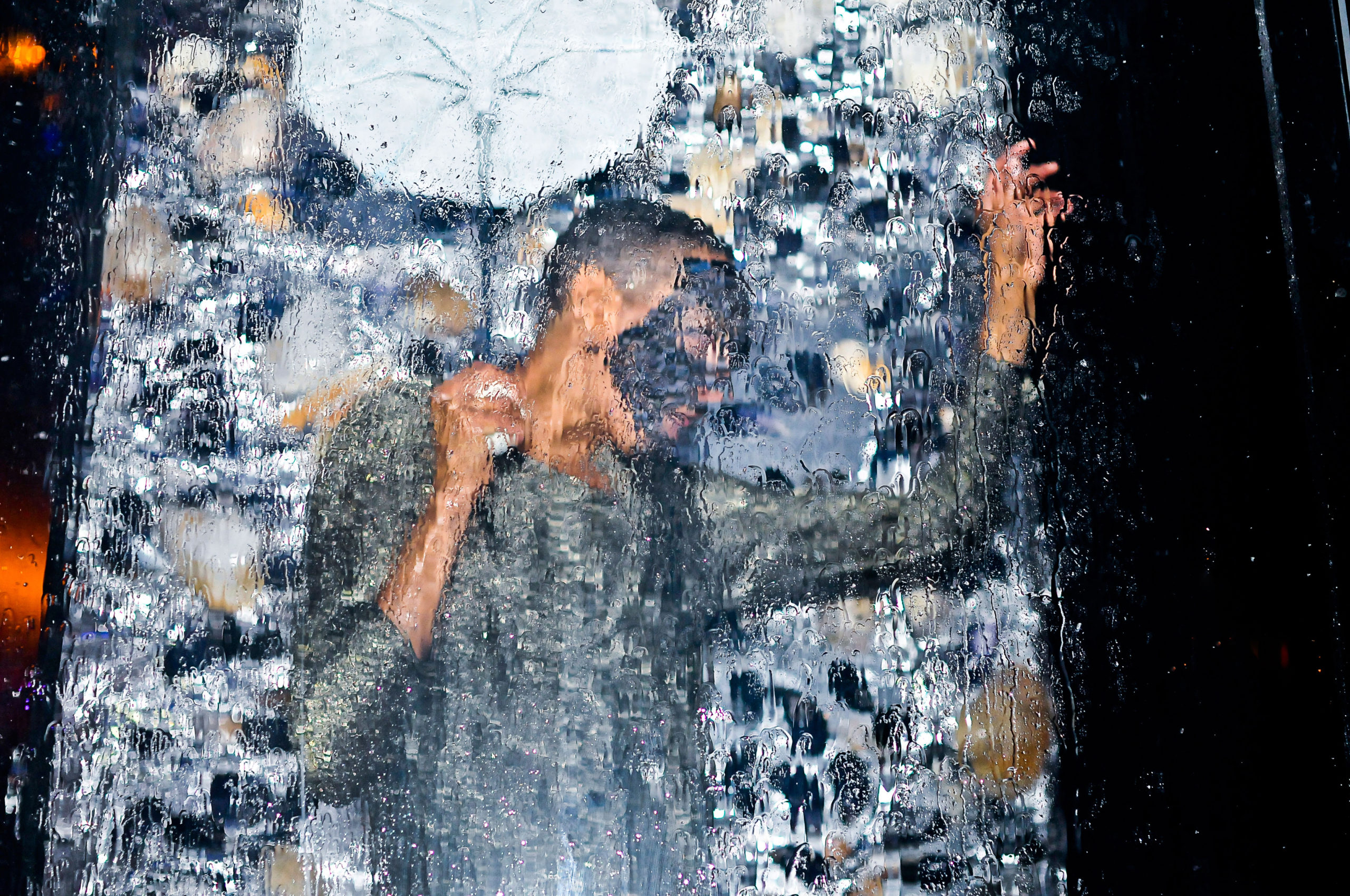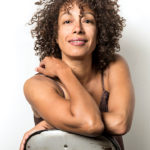Why Crafting More-Inclusive Immersive Theater Matters
I am a unicorn, so I’ve been told. I can make people feel a certain way, move a certain way and feel validated. I nestle, negotiate and fly in spaces on- and offstage. My role? Making performers, spectators and directorial/producorial teams feel like they belong. This magical work grew out of my lifelong career in postmodern, physical, immersive and dance theater in Europe and in the U.S.
My name is Stefanie Batten Bland. I am an interdisciplinary director and choreographer. An American of African and European heritage, I am a woman of brown tones and reddish-brown bushy, curly hair that has volume and unapologetically takes up space. I’ve lived the better part of my life in spaces that weren’t necessarily designed for me, and yet I’ve thrived.
Being seen for who you are—with casting, lighting and costuming choices that support that—is an incredible feeling. But it is a state with which I have a complex relationship. I grew up needing to negotiate familial spaces and, as such, was always hired as a type of hybrid mover, sprinkled in hybrid genres. I know how a person’s identity is tied to their reality—and how that spills into their work, whether a production is thematically abstract or a fictional narrative.
Inside of ballet, I was an inaugural choreographer for ABT’s Women’s Movement, for its Studio Company in 2019. I see the ballet industry beginning to examine its hiring practices and role-distribution policies. Now, further spurred on by the theatrical justice movement during the pandemic, it is immersive theater’s turn to change patterns as we move with pride into the rest of this century.
Outside of my own work with my Company SBB, I am casting and movement director, as well as performance and identity consultant, for Emursive Productions, the producers of large-scale immersive theater in New York City and across the globe. Immersive work is a form that often engages with being seen and not—through mysterious lighting, enticing characters and stories that center audience members and set them free to chase, follow and choose how close they get to the cast.
However, there is a profound difference between BIPOC immersive performers not being seen by choice and not being able to be seen at all. This is where I come in. I aim to ensure that directors, producers, scenographers and designers dream up shows with a lens of inclusivity. How can they meet diverse performers in auditions, imagine them in all roles, and then make sure audiences can see them, literally? How do light levels, instruments, costuming, approaches to character description and all the other visual cues, from the space to the sound, help performers play their best fiction while living their truth?
Art-making is complex, controversial. I know what I am doing cannot fix everything nor please everyone. This theater practice has been mainly made for and by people of European ancestry. Not to say BIPOC performers weren’t in these shows. But they weren’t centered around us, our tones, our skin bounce. My work inside of Emursive is profound as it shifts what “absence in plain sight” means in this proximity-based work. My weapon of choice is what great performance is rooted in: imagination. I open up our framework of imagining people by how we see them to also include how they see themselves. Our daily life biases are present in all we do, so I start where I see absence.
In our new show, I help develop characters that previously would have been considered supporting roles. (Just think about how BIPOC performers are often cast as exotic, magical or humorous characters who are short-lived or featured for only a few minutes—like the Black kid in the horror movie who gets killed first.) Some of my approaches to moving beyond “traditional” character decks include shifting to BIPOC-centered imagery in lieu of past predominantly white typecasting patterns. Then I explore the first- and second-degree resources (real people, living or dead, who share a character’s bio or archetype similarities) and ensure they are also BIPOC. I focus on finding the best performer for that character.
From the moment a BIPOC performer walks into a space, they/we should feel empowered. During auditions, the hiring process and the special walk to the dressing room, we should feel normal because our space is made for all to succeed. My work centers on putting into practice a majority–minority cultural shift in performance and identity.
In shows that are already up and running—and this is where the unicorn again raises its head—I apply the same techniques to move a production into present/future time, as opposed to the past. I’ve been in these shows myself and noticed as patrons saw me as an “angry Black woman” instead of the character I was portraying. I saw their fear because of my proximity to them—a result of their biases, even though they’d paid to be inside of a fictional theatrical space. It was humiliating to lose an audience at moments when my colleagues of Euro-based heritage did not.
I help shows rework material in ways that simultaneously honor the scripts while addressing the many complicated facets of life here in the U.S. It has been a lonely labor, but now I am seeing immediate changes. I am needed once again for my hybrid sensibilities, and I not only feel good in my skin, but I can ensure all who come after me will feel good in theirs. When I see the success of this work, it is reflected in the performers, the shows and the spectators. It is thrilling. Creating and re-exploring productions in partnership with people of different skin tones makes more performance opportunities for all.
Race is imaginary. The representation of all in our performing arts shouldn’t be. So says the unicorn.





